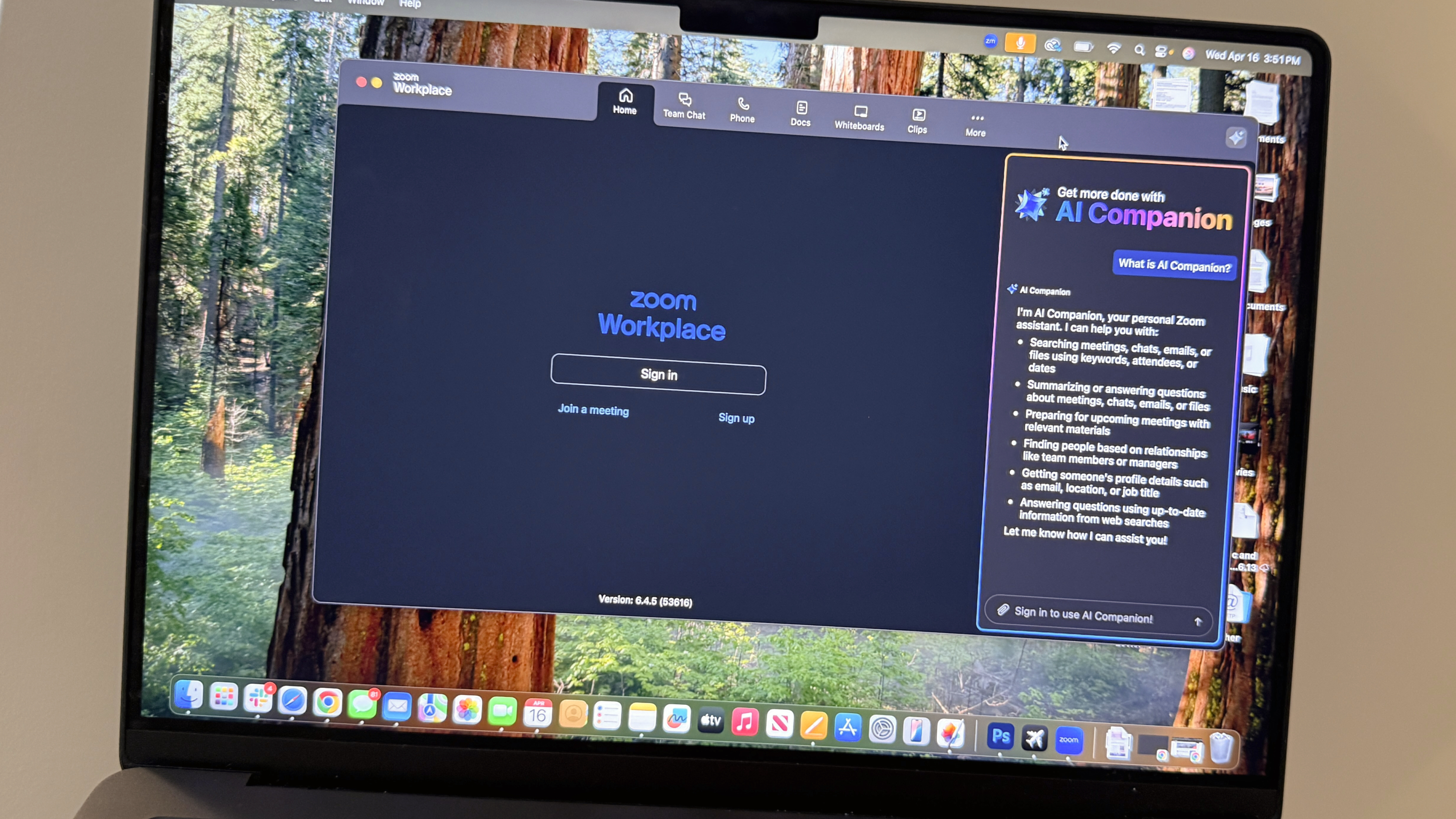Understanding Algorithms and Data Structures
Algorithms and data structures are fundamental concepts in computer science and programming. Understanding these concepts is crucial for writing efficient code and solving complex problems. This guide will introduce you to the basics of algorithms and data structures and why they matter. What Is an Algorithm? An algorithm is a step-by-step procedure for solving a specific problem or performing a task. It takes an input, processes it, and produces an output. Algorithms are essential for tasks such as searching, sorting, and data manipulation. Characteristics of a Good Algorithm Correctness: The algorithm produces the correct output for all valid inputs. Efficiency: The algorithm runs in a reasonable amount of time and uses resources effectively. Finiteness: The algorithm terminates after a finite number of steps. Generality: The algorithm can be applied to a broad set of problems. Common Types of Algorithms Sorting Algorithms: Organize data in a specific order (e.g., Quick Sort, Merge Sort, Bubble Sort). Searching Algorithms: Find specific data within a structure (e.g., Binary Search, Linear Search). Graph Algorithms: Work with graph structures (e.g., Dijkstra's Algorithm, Depth-First Search). Dynamic Programming: Solve complex problems by breaking them down into simpler subproblems. What Are Data Structures? A data structure is a way to organize and store data in a computer so that it can be accessed and modified efficiently. Choosing the right data structure is crucial for optimizing the performance of algorithms. Common Data Structures Arrays: A collection of elements identified by index or key. Linked Lists: A linear collection of elements, where each element points to the next. Stacks: A collection that follows the Last In First Out (LIFO) principle. Queues: A collection that follows the First In First Out (FIFO) principle. Trees: A hierarchical structure with nodes connected by edges (e.g., binary trees). Graphs: A collection of nodes connected by edges, used to represent networks. Hash Tables: A data structure that stores key-value pairs for efficient retrieval. Choosing the Right Data Structure Choosing the right data structure depends on the problem you're trying to solve. Consider the following factors: Type of data: Is it linear or hierarchical? Operations needed: Will you need to search, insert, delete, or traverse data? Memory constraints: How much memory do you have available? Performance requirements: What are the time complexities for different operations? Time and Space Complexity Understanding the efficiency of algorithms is crucial. Two important concepts are: Time Complexity: Measures the time an algorithm takes to complete as a function of the input size (e.g., O(n), O(log n)). Space Complexity: Measures the amount of memory an algorithm uses as a function of the input size. Conclusion Algorithms and data structures are essential tools for every programmer. Mastering these concepts will enable you to write efficient code, solve complex problems, and build robust applications. Start by practicing simple algorithms and data structures, and gradually work your way up to more advanced topics.

Algorithms and data structures are fundamental concepts in computer science and programming. Understanding these concepts is crucial for writing efficient code and solving complex problems. This guide will introduce you to the basics of algorithms and data structures and why they matter.
What Is an Algorithm?
An algorithm is a step-by-step procedure for solving a specific problem or performing a task. It takes an input, processes it, and produces an output. Algorithms are essential for tasks such as searching, sorting, and data manipulation.
Characteristics of a Good Algorithm
- Correctness: The algorithm produces the correct output for all valid inputs.
- Efficiency: The algorithm runs in a reasonable amount of time and uses resources effectively.
- Finiteness: The algorithm terminates after a finite number of steps.
- Generality: The algorithm can be applied to a broad set of problems.
Common Types of Algorithms
- Sorting Algorithms: Organize data in a specific order (e.g., Quick Sort, Merge Sort, Bubble Sort).
- Searching Algorithms: Find specific data within a structure (e.g., Binary Search, Linear Search).
- Graph Algorithms: Work with graph structures (e.g., Dijkstra's Algorithm, Depth-First Search).
- Dynamic Programming: Solve complex problems by breaking them down into simpler subproblems.
What Are Data Structures?
A data structure is a way to organize and store data in a computer so that it can be accessed and modified efficiently. Choosing the right data structure is crucial for optimizing the performance of algorithms.
Common Data Structures
- Arrays: A collection of elements identified by index or key.
- Linked Lists: A linear collection of elements, where each element points to the next.
- Stacks: A collection that follows the Last In First Out (LIFO) principle.
- Queues: A collection that follows the First In First Out (FIFO) principle.
- Trees: A hierarchical structure with nodes connected by edges (e.g., binary trees).
- Graphs: A collection of nodes connected by edges, used to represent networks.
- Hash Tables: A data structure that stores key-value pairs for efficient retrieval.
Choosing the Right Data Structure
Choosing the right data structure depends on the problem you're trying to solve. Consider the following factors:
- Type of data: Is it linear or hierarchical?
- Operations needed: Will you need to search, insert, delete, or traverse data?
- Memory constraints: How much memory do you have available?
- Performance requirements: What are the time complexities for different operations?
Time and Space Complexity
Understanding the efficiency of algorithms is crucial. Two important concepts are:
- Time Complexity: Measures the time an algorithm takes to complete as a function of the input size (e.g., O(n), O(log n)).
- Space Complexity: Measures the amount of memory an algorithm uses as a function of the input size.
Conclusion
Algorithms and data structures are essential tools for every programmer. Mastering these concepts will enable you to write efficient code, solve complex problems, and build robust applications. Start by practicing simple algorithms and data structures, and gradually work your way up to more advanced topics.






















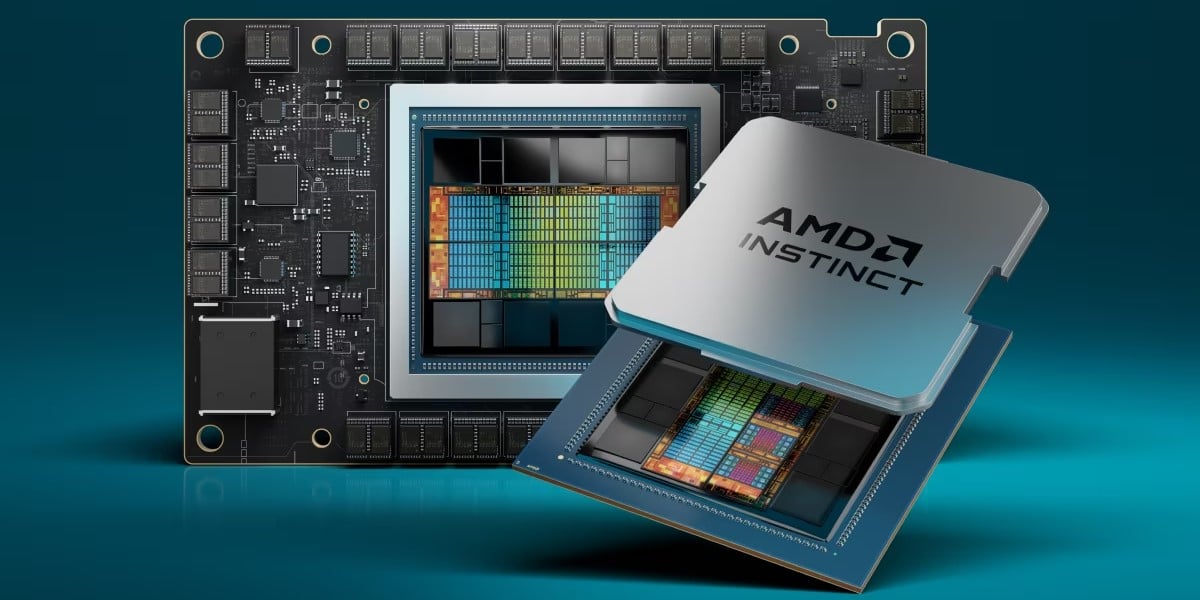










































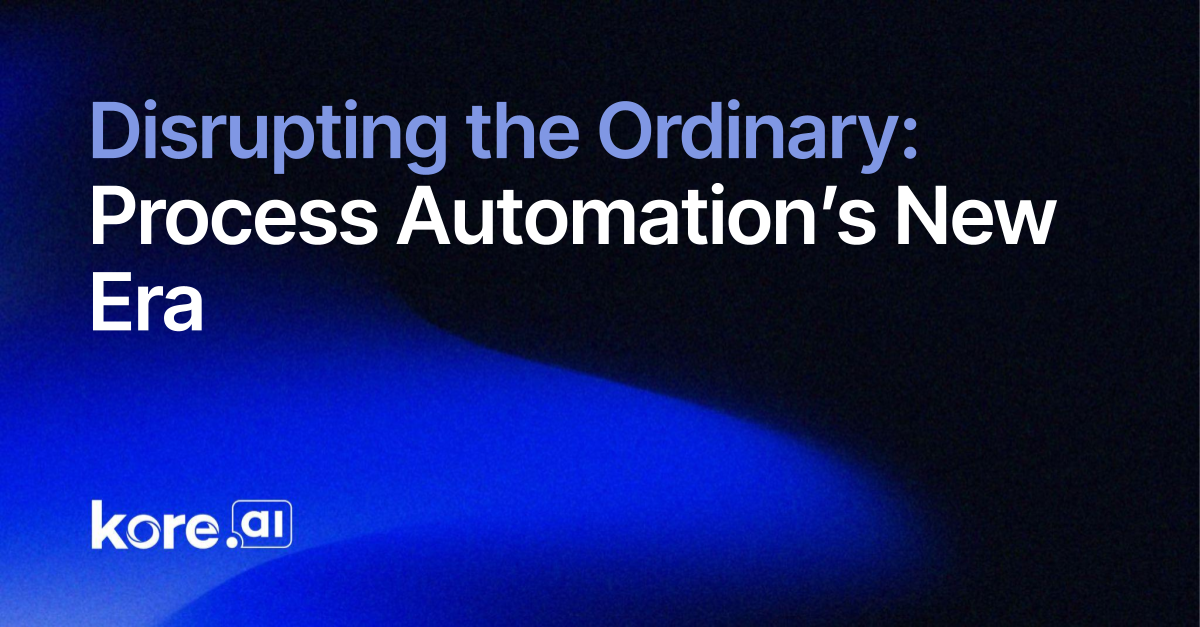





































































































![[The AI Show Episode 144]: ChatGPT’s New Memory, Shopify CEO’s Leaked “AI First” Memo, Google Cloud Next Releases, o3 and o4-mini Coming Soon & Llama 4’s Rocky Launch](https://www.marketingaiinstitute.com/hubfs/ep%20144%20cover.png)















































































































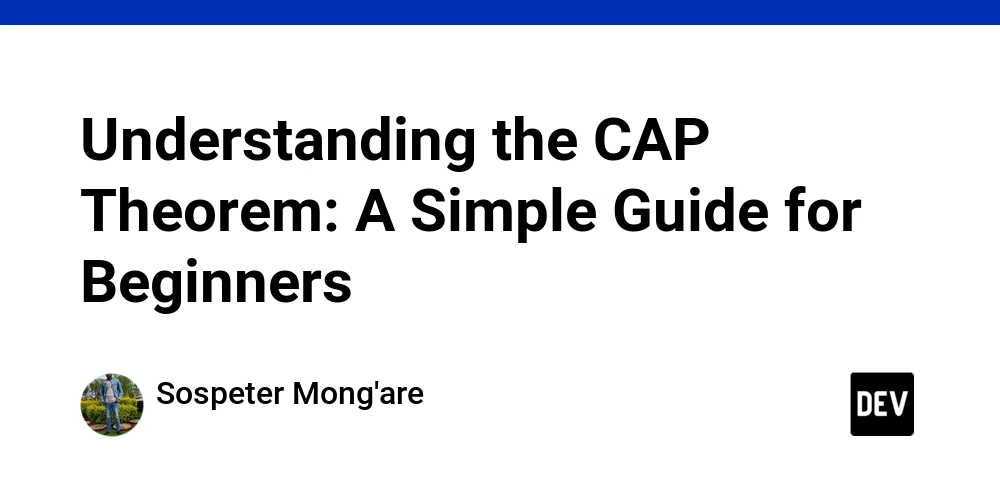

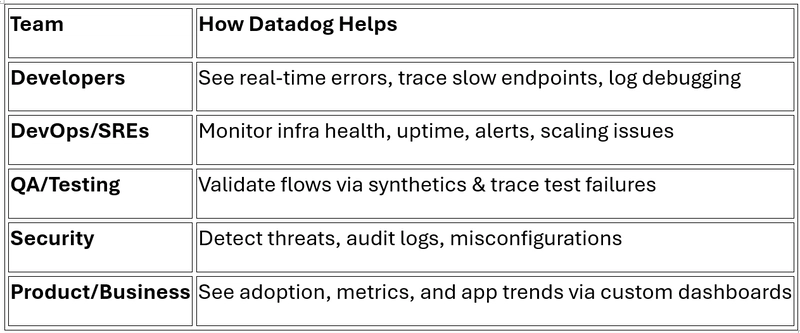






















































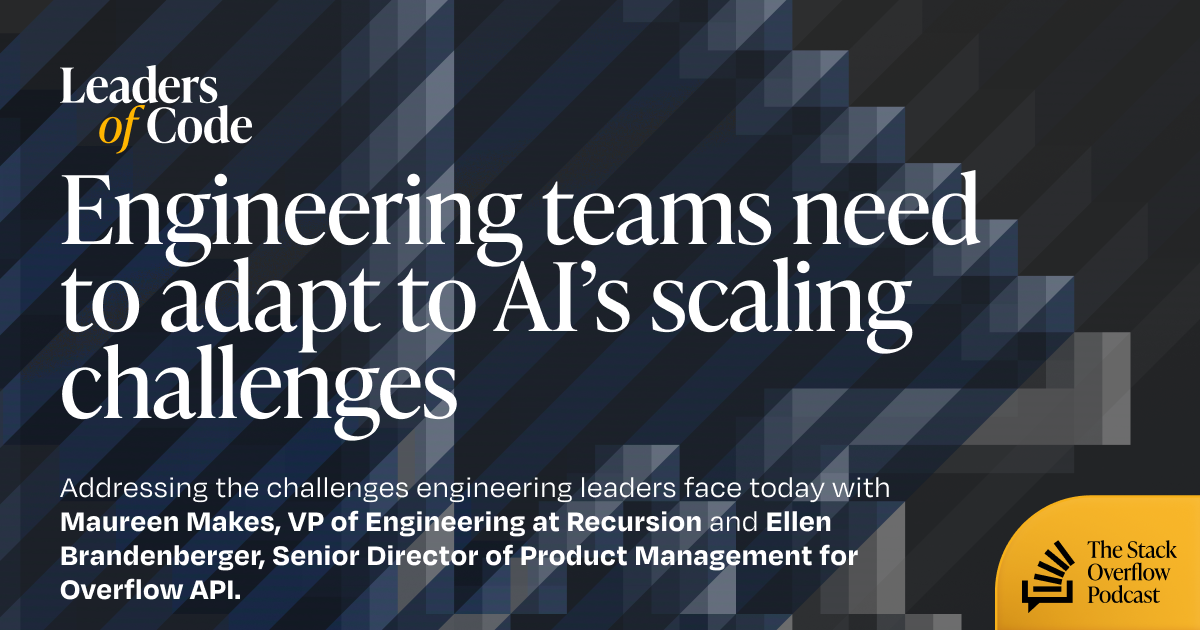




























![GrandChase tier list of the best characters available [April 2025]](https://media.pocketgamer.com/artwork/na-33057-1637756796/grandchase-ios-android-3rd-anniversary.jpg?#)



















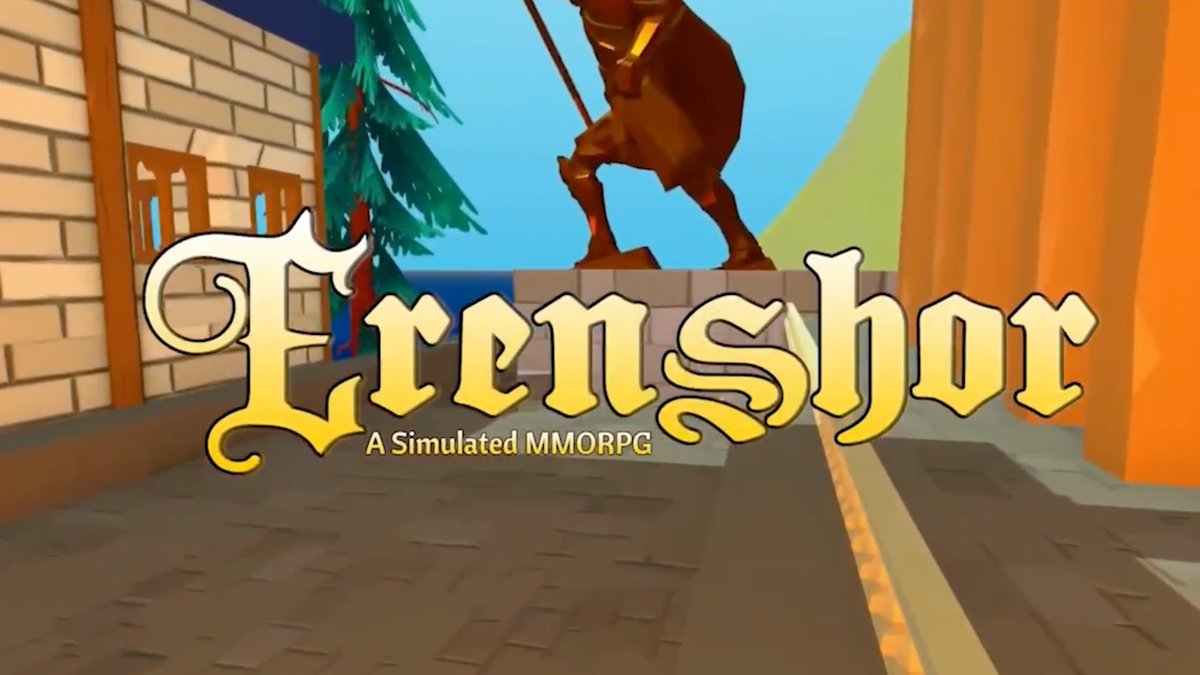






















.png?width=1920&height=1920&fit=bounds&quality=70&format=jpg&auto=webp#)














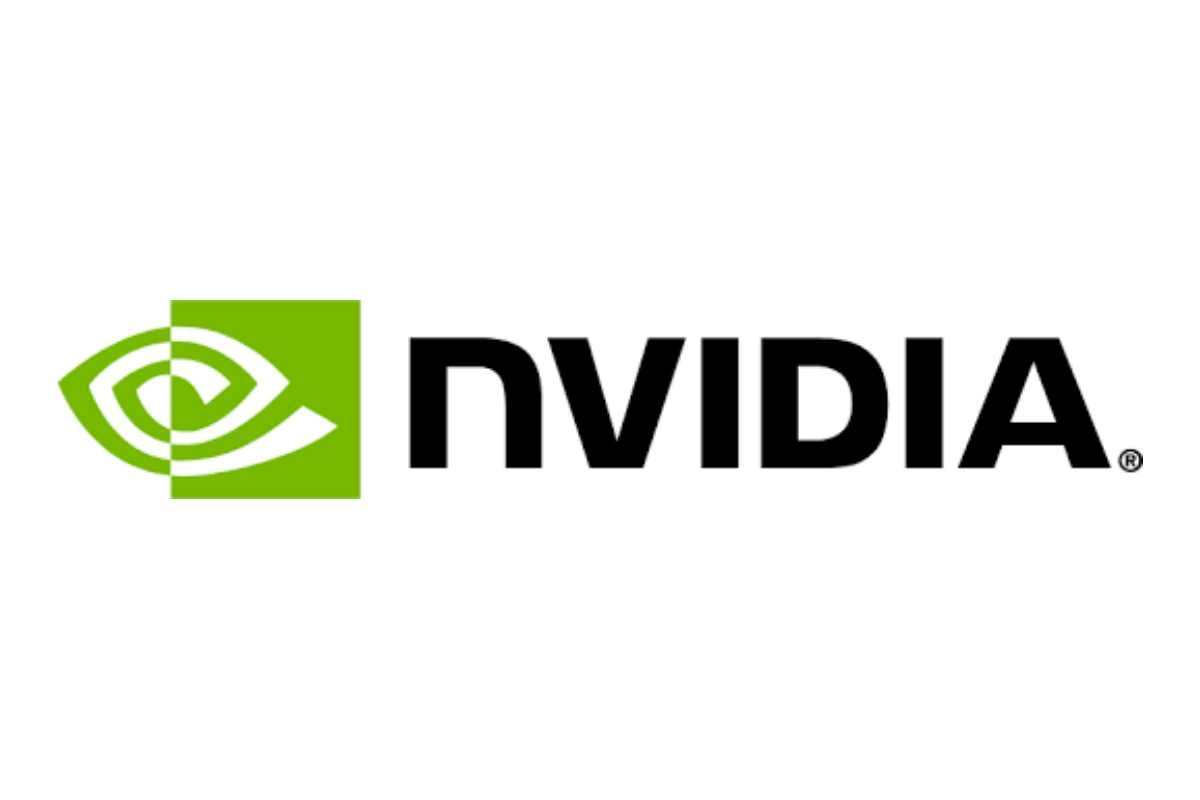






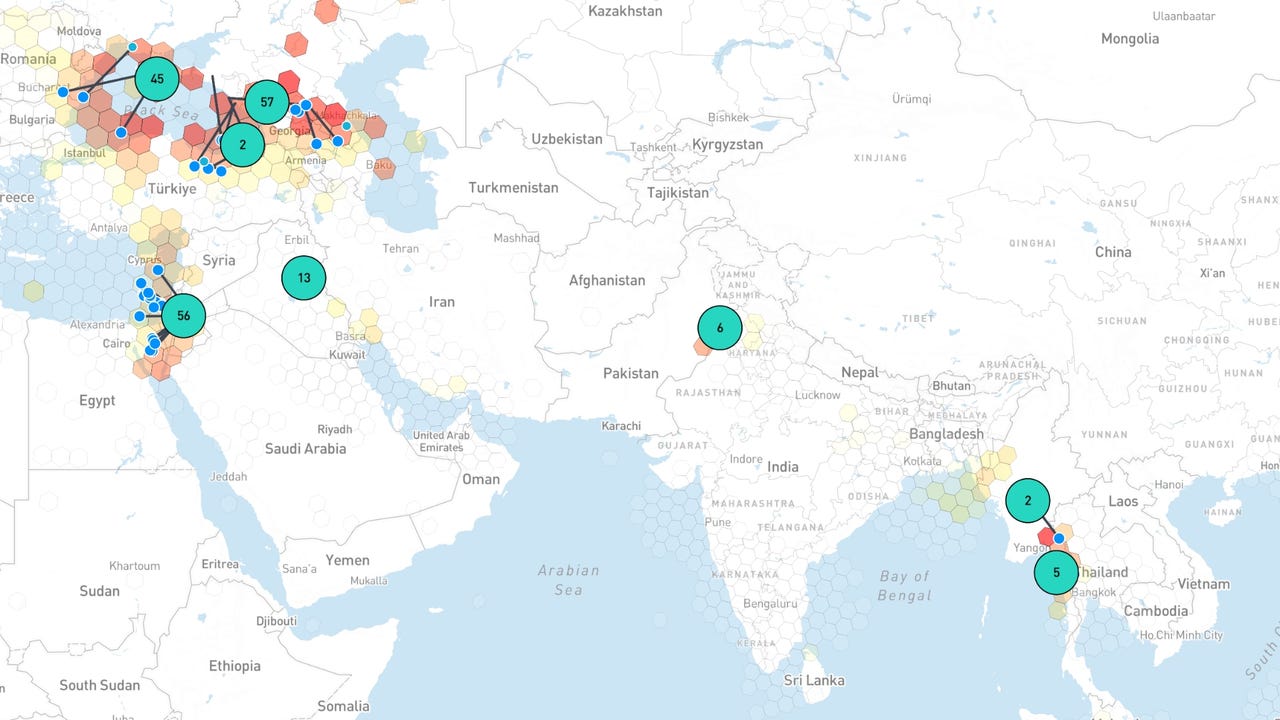











































































































![Apple M4 13-inch iPad Pro On Sale for $200 Off [Deal]](https://www.iclarified.com/images/news/97056/97056/97056-640.jpg)
![Apple Shares New 'Mac Does That' Ads for MacBook Pro [Video]](https://www.iclarified.com/images/news/97055/97055/97055-640.jpg)

















